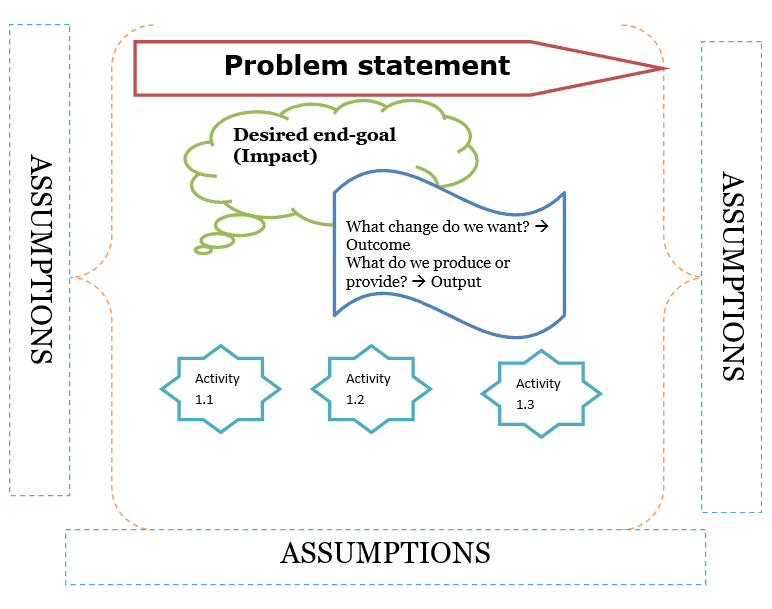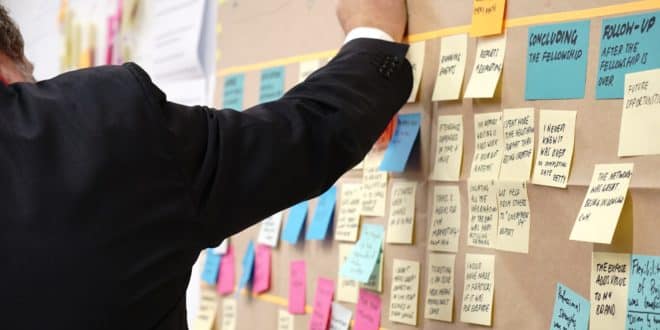Normally when we plan something, a trip, a holiday, a project, the first thing we do is to buy tickets, book the museum, define activities, read about the places we are going to visit, find out about the weather, etc. It’s hard to imagine that the first thing we do is to think about the long-term consequences of the trip or project, isn’t it?
I almost seem to hear that wise saying “if you don’t know where to start, start at the beginning”.
Well, when we think about a theory of change, we have to do it the other way around, we have to think about the end of the journey and from there go back to the beginning, to the starting point in order to find a logical link between the change we hope to achieve and the steps we have to take to achieve that change.
In other words, you have to think in backwards steps from your desired end goal, to the long- and short-term results that are needed to make the change happen. This mapping process helps you to define a causal pathway of change, with logical connections between the different levels of results and activities.
Key points to developing a Theory of Change
To develop a theory of change, we can foresee at least 6 steps.
Step 1. Define the problem, including the identified root causes and stakeholders
To define the problem you want to address, it may be useful to answer to these questions: What is the problem that you want to address? Who are you aiming to support (i.e. who is the target group)? What is the scope of the problem? What are the identified root causes (e.g. lack of knowledge on responsible practices, poor governance, no access to markets, etc.)? Who are the main stakeholders?
Step 2. Define the desired end-goal (impact)
What is the end-goal (impact) that you want to contribute to? What needs to be changed in order to solve the problem that you defined? When will your project considered to be a success? Who should benefit from the end-goal?
Step 3. Define outcome and output results needed to achieve the desired end-goal (impact)
After you have defined the problem and end-goal, you can define the long-term (outcome) and short-term (output) results that you need to achieve before you can achieve your end-goal. I.e. formulate what needs to change in order to achieve your end-goal. Who and what can you influence in order to achieve change?
Step 4. Map activities that could lead to the short- and long-term results
Once you formulated the different short- and long-term results you need to achieve, you can start defining the activities that are needed to achieve these results. Sometimes it helps to go back- and forth between the results and the activities, until you find a logic pathway.
Step 5. Identify the main assumptions; how valid or uncertain are they?
Assumptions are the necessary conditions for change, or the “underlying conditions or resources that need to exist for planned change to occur”. For this reason, it is essential to be able to identify and analyse all possible assumptions that may affect the project. Once you have identified an assumption, you can constantly monitor it and, if necessary, modify or adapt your project according to the fulfillment or not of what you have assumed. If you identify assumptions that are critical for the success of your project for which you cannot find clear validation, see what actions you can take to redesign or monitor the project.
Step 6. Write a narrative
Summarise the visualisation in a narrative. Describe the different ‘pathways’ of how your input and activities will lead to your results.






